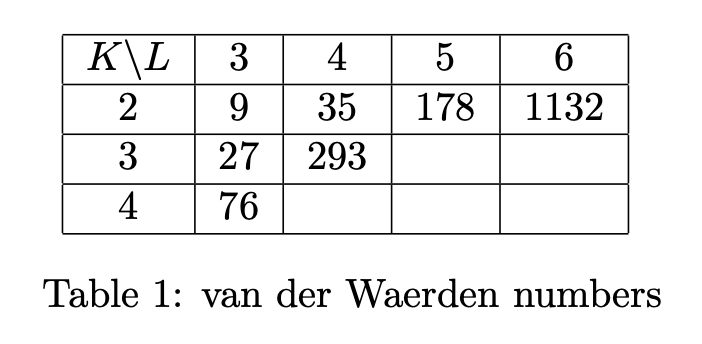I would like to ask a question of a similar vein to this question.
Question: I'm asking for a list of long open problems which are computational in nature which a beginning graduate student can understand. One problem per answer, please.
Meaning of "beginning graduate student": anyone who can solve all the problems on a pure mathematics qualifying exam at a top 30 institution in the U.S.
Meaning of "computational in nature": By this, I do not mean a computational task which can be executed by a computer, but rather a problem where one must compute some object (e.g. topological invariant, closed formula, etc.) associated to some mathematical object. Example: calculating the homotopy groups of a sphere.
Meaning of "not too famous": (Same as in this question.): Roughly, if there exists a whole monograph already dedicated to the problem (or narrow circle of problems), no need to mention it again here. I'm looking for problems that, with high probability, a mathematician working outside the particular area has never encountered.
Meaning of "long open": (Same as in this question): The problem should occur in the literature or have a solid history as folklore. So I do not mean to call here for the invention of new problems or to collect everybody's laundry list of private-research-impeding unproved elementary technical lemmas. There should already exist at least of small community of mathematicians who will care if one of these problems gets solved.

